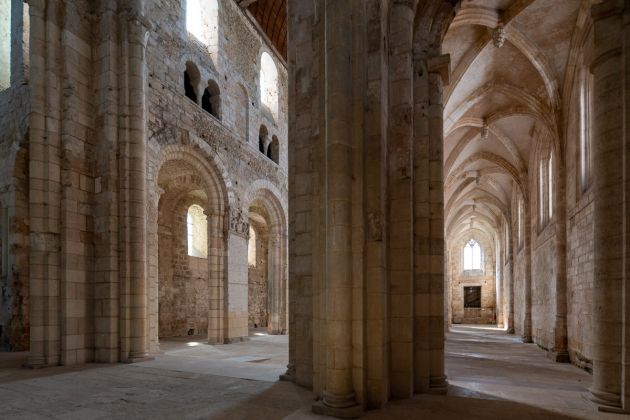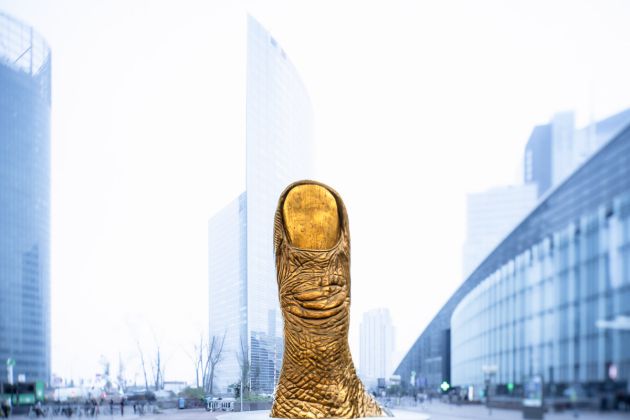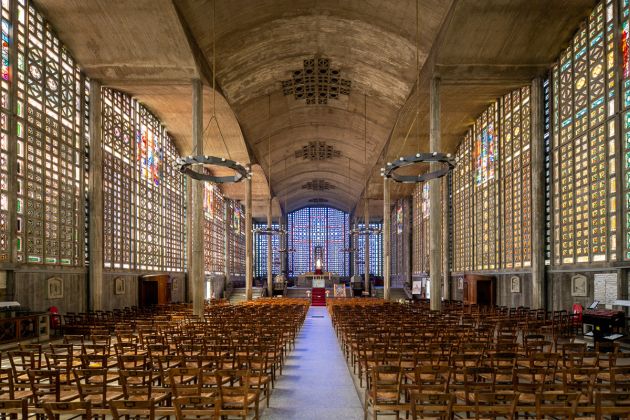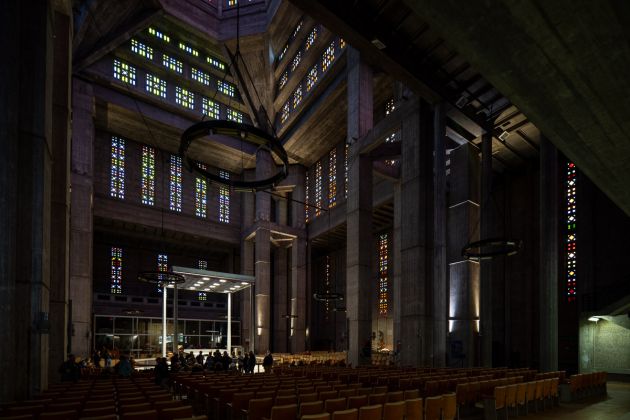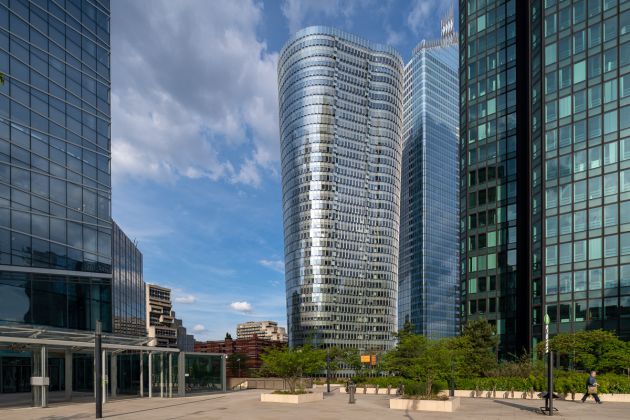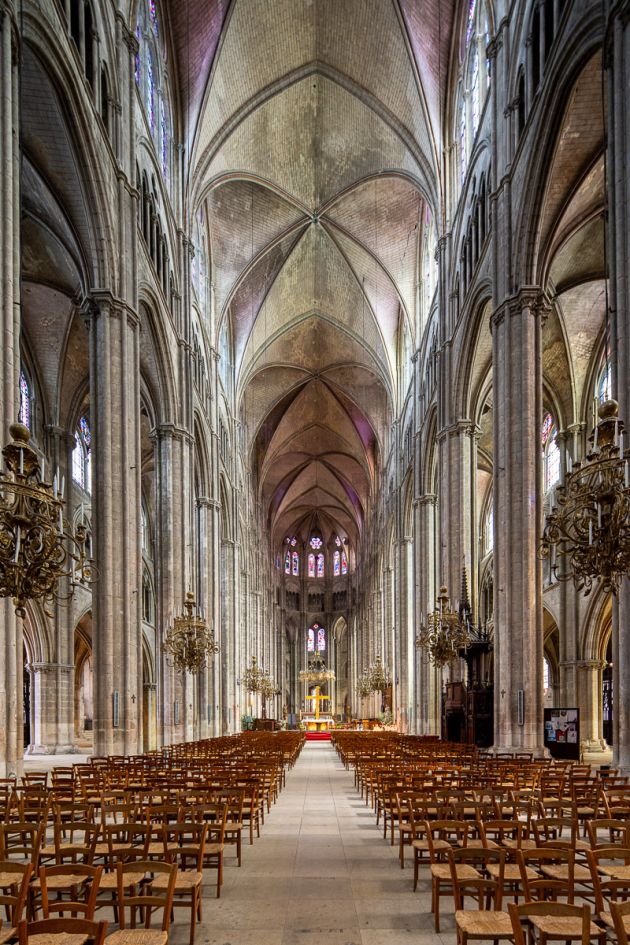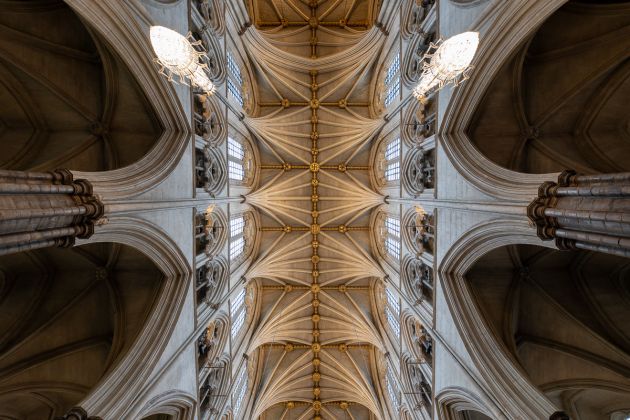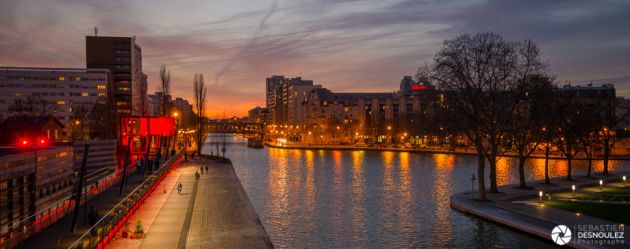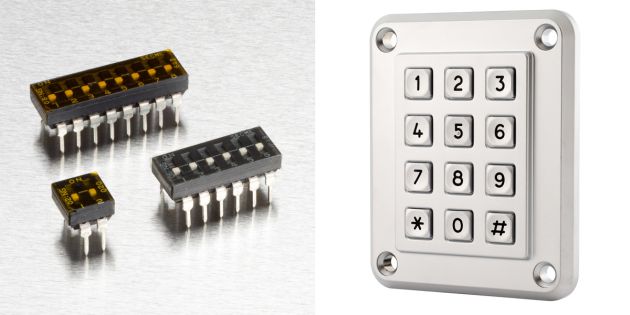& Architecture
Photographs: Tilt-shift
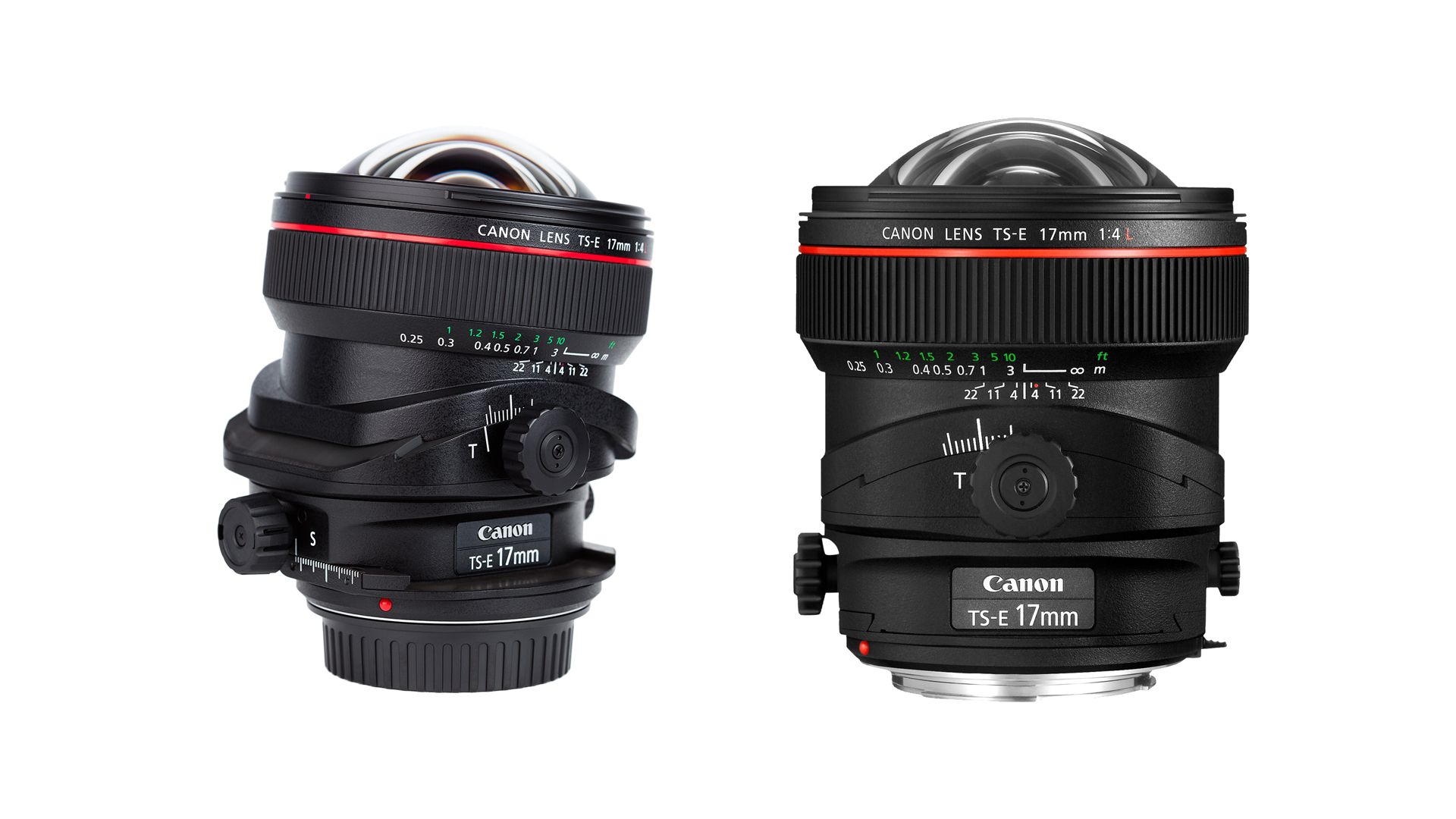
Mastering perspective and sharpness with precision: tilt-shift lenses are powerful tools for correcting converging lines in architecture or adjusting the plane of focus in product photography. Whether used in the studio or on location, they offer fine control over the image—balancing technical rigor with artistic expression.
Understanding tilt-shift lenses: where technique meets visual intent
Tilt-shift lenses, also known as perspective control lenses, allow photographers to move beyond traditional optical constraints. Originally designed for architectural photography, they offer a level of compositional freedom close to that of large format view cameras. By using the shift function, vertical lines can be kept perfectly straight even when shooting from a low angle—ensuring faithful, distortion-free architectural renderings.
But their strength doesn’t stop there. Thanks to the tilt function, photographers can angle the plane of focus to match the subject. In the studio, this feature becomes particularly valuable: during a shoot for the company EOZ, I used a Nikon PC-E Micro 85mm f/2.8D to photograph electronic components smaller than 5 cm. The tilt function allowed me to increase the depth of field without closing the aperture excessively, by applying the Scheimpflug principle—an approach inherited from large format view cameras.
Conversely, when photographing the monumental sculpture Le Pouce by César, I deliberately used tilt to reduce the depth of field and visually separate the subject from its urban surroundings. The result: a more poetic, less documentary image that invites a fresh interpretation of the object in space.
Using a tilt-shift lens is therefore far more than a technical fix: it’s a way to take full control over geometry and focus, in order to translate a visual intention with precision.
Another creative way to use tilt is through freelensing—a technique where the lens is held by hand in front of the camera body, without being mounted. With a DSLR, this usually requires removing the rear element of the lens. With a mirrorless camera, you can simply hold the lens in front of the sensor. The tilt effect becomes more pronounced, with very shallow focus and intentional light leaks that give the image a dreamy, experimental look.
Below is an example made using this method.
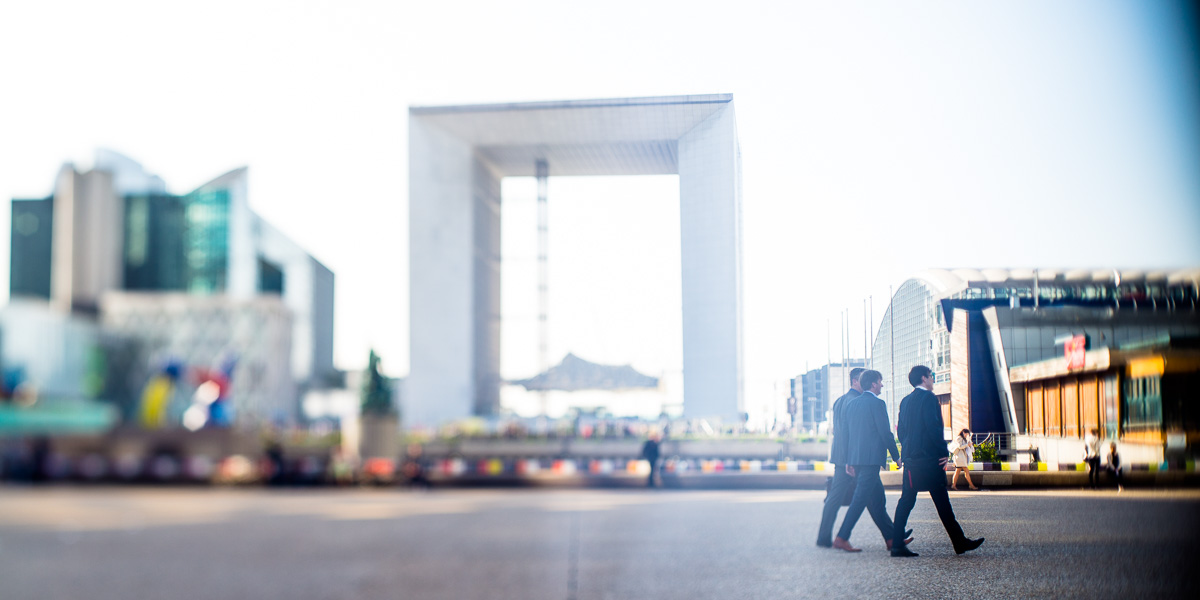
Ambiance corporate – Parvis de l’Arche de La Défense – photo Sebastien Desnoulez
I am represented by the gallery
Une image pour rêver
